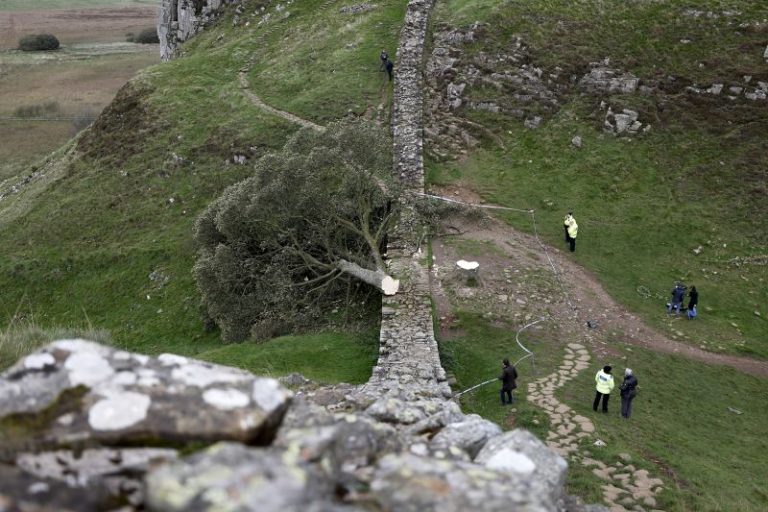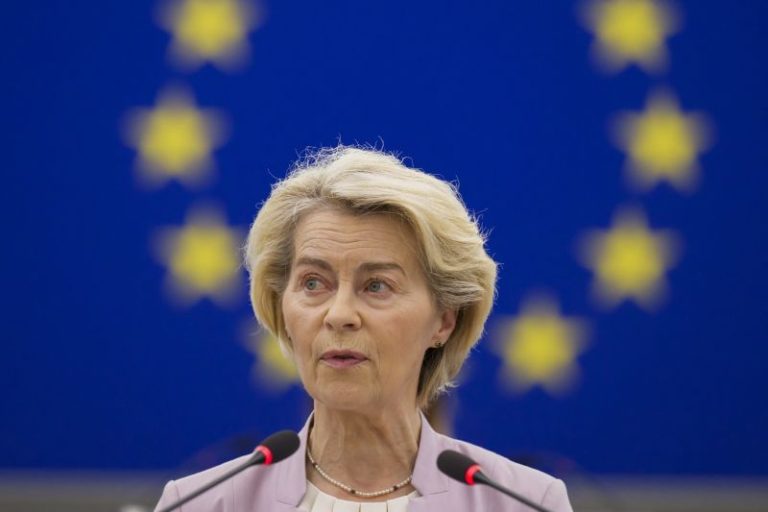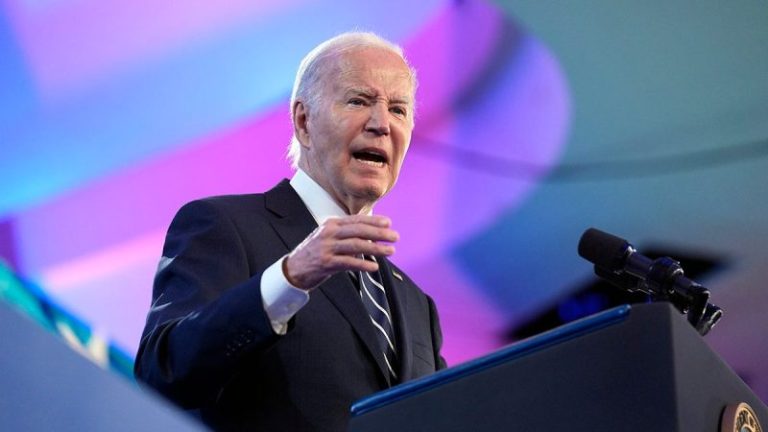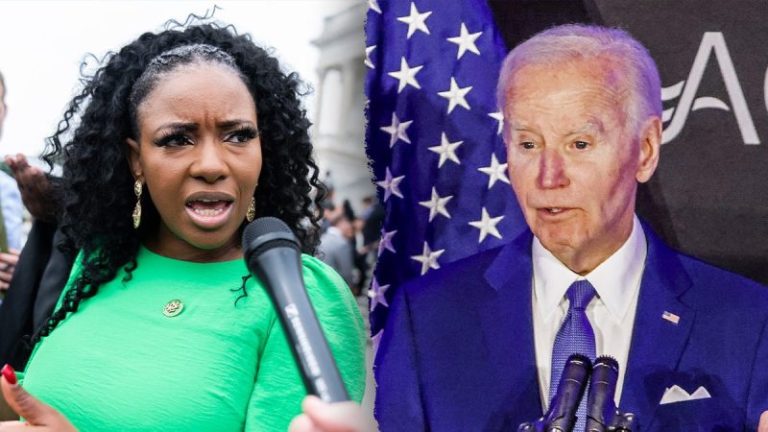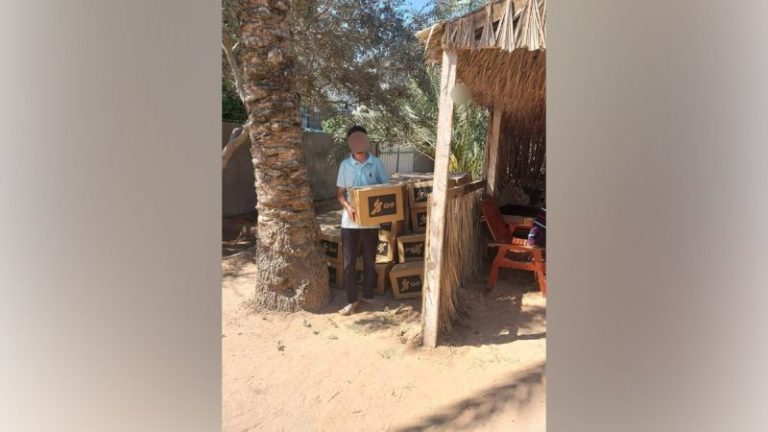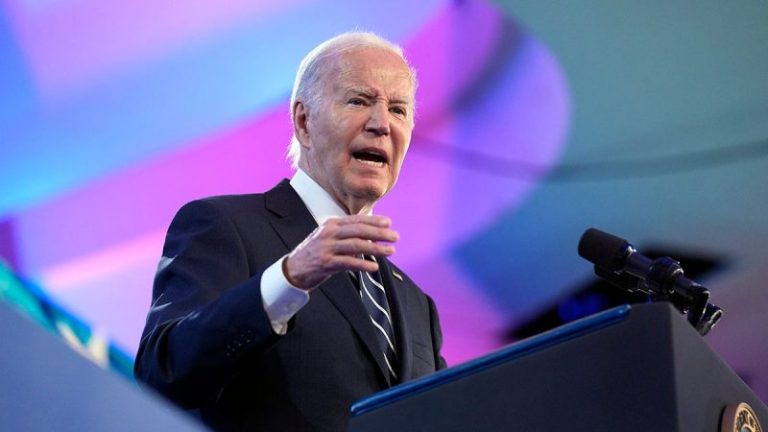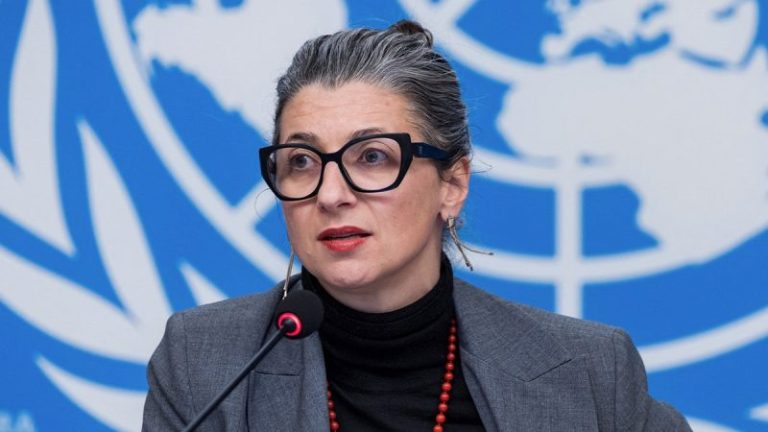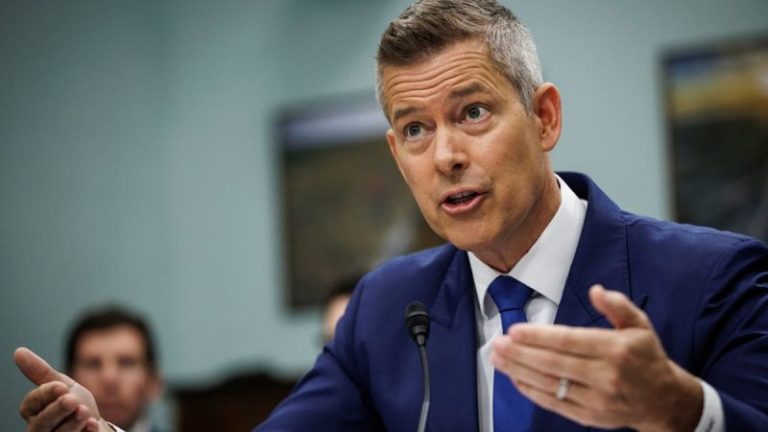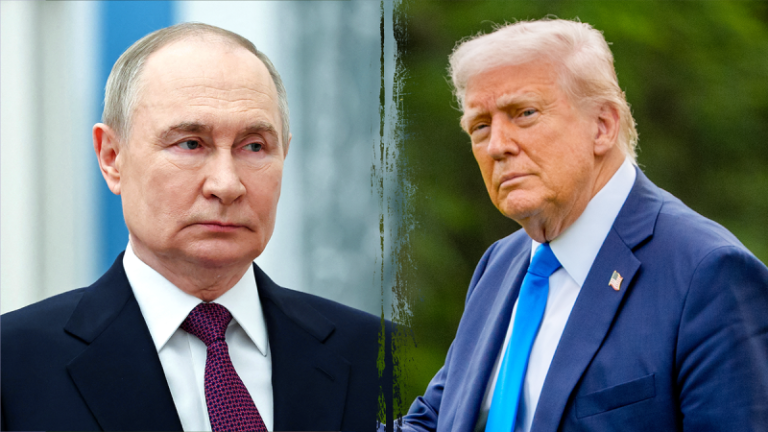The remains of a famous sycamore tree, which stood on Britain’s Roman-built Hadrian’s Wall in northern England for more than 200 years, has found a new home nearly two years after it was illegally felled.
The removal of the tree from its spot known as “Sycamore Gap,” a pronounced dip in Hadrian’s Wall, in September 2023 sparked global outrage. Sycamore Gap was considered one of the most photographed trees in England and was made famous to millions when it appeared in Kevin Costner’s 1991 blockbuster film “Robin Hood: Prince Of Thieves.”
In May, two men were found guilty of criminal damage for felling the landmark tree.
Now, a section of it will be put on permanent display at The Sill: National Landscape Discovery Centre, about two miles (three kilometers) from where it once stood.
The UK’s National Trust gave the largest remaining piece of the salvaged trunk to the Northumberland National Park, where the tree was located.
“In the days and months after the tree was felled, The Sill became a place of celebration and memory. Visitors left post-it notes, letters, drawings and messages expressing grief, love, and hope,” the park said in a press release Thursday.
A public consultation was held in the aftermath of the felling on the future of the tree trunk. “The resulting exhibit honours the tree’s natural form while inviting people to engage with it in a deeply personal way,” The Sill said in a press release Thursday.
Tree trunk ‘is huggable’
The trunk is positioned upright, as it once was, and is surrounded by tree oak benches and streams of wood bent to form a canopy in the shape of a huge leaf – recreating the shelter the tree once offered for people to sit and reflect.
Some tributes from the local community have been carved into the wood.
“The original tree may be gone in the form we knew it, but its legacy remains, and what has come since has been endlessly positive, affirming our belief that people nature and place cannot be separated and are interdependent,” said Tony Gates, chief executive of Northumberland National Park Authority, in the release.
“This commission has been the biggest honour of my career,” said Charlie Whinney, the artist behind the new exhibition, in the release.
“I really hope what we’ve done in some small way allows the people of Northumberland and those who held this tree close to their hearts to process the loss they still feel from that day in September 2023, when the tree was illegally cut down,” he added.
“The work looks forward with hope, the tree is regrowing, and Sycamore Gap will always be a magical place to visit,” Whinney continued.

